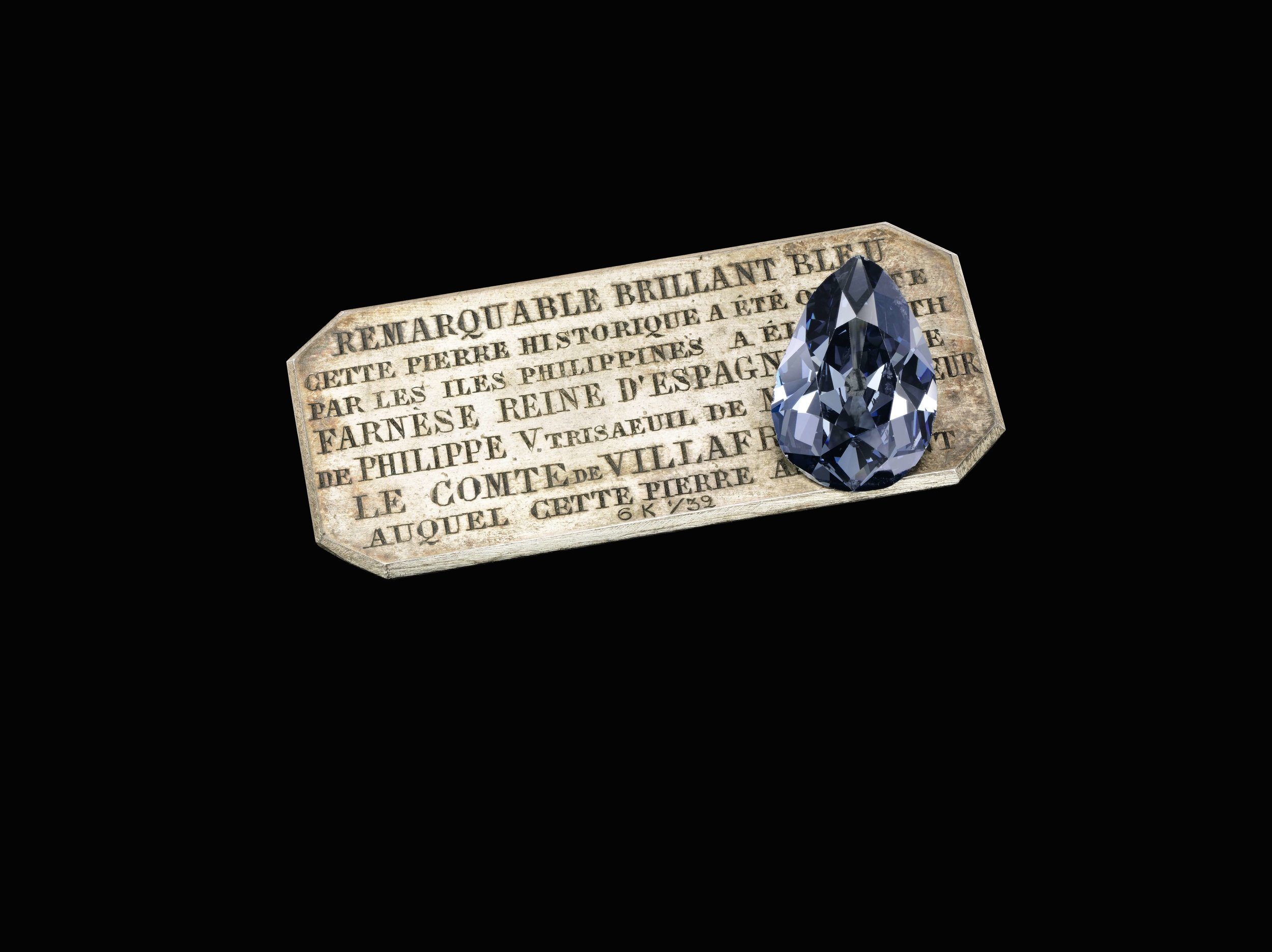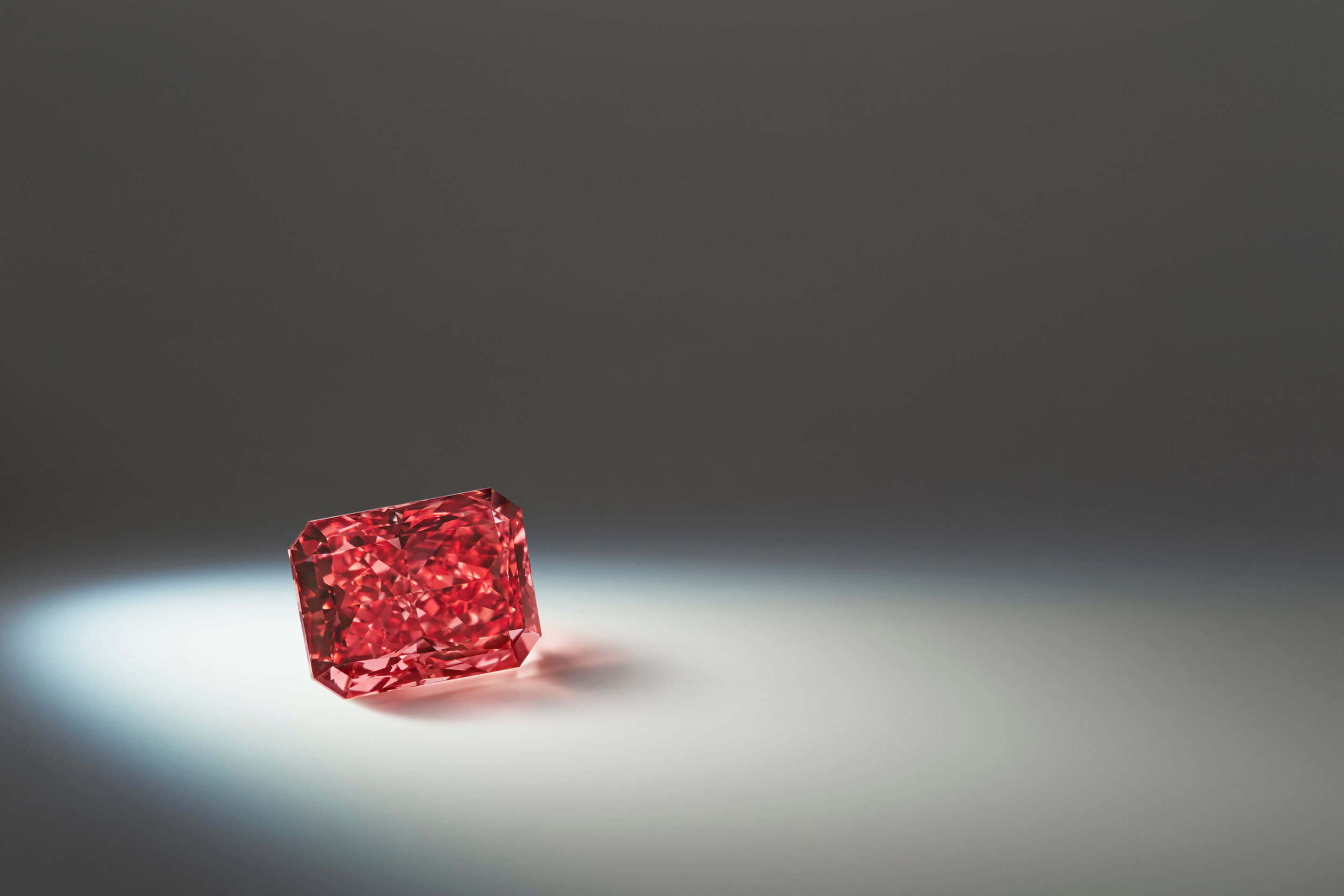The Appeal of Colored Diamonds
In April, Sotheby’s Diamonds, the retail jewellery arm of the British auction house, sold a rare 102.34-carat white diamond.
It was the largest known, round brilliant-cut diamond with a D colour, the highest grade for a colourless diamond. The auctioneer remained coy about the sale price, only revealing that the price per carat had “far exceeded” that for any colourless diamond sold at auction. The current auction record price per carat for a white diamond, at USD$260,252 per carat, was set by a 118.28-carat oval diamond in 2013 that sold for USD$30.8 million.
Yet, this number pales in comparison with prices achieved by coloured diamonds. The Blue Moon of Josephine, a Vivid Blue 12.03-carat diamond, currently holds the world record per carat for any diamond, having sold for USD$48.46 million (USD$4.02 million per carat) in 2015.
In 2017, a Fancy Vivid Pink diamond, the 14.93-carat Pink Promise, sold for USD$32.1 million (USD$2.17 million per carat), setting a new per-carat record for pink diamonds, while the 59.50-carat Pink Dream sold for a staggering USD$71.2 million (USD$1.2 million per carat), setting a new world record for any diamond.
“There is a flight to quality at the moment, and people are buying coloured diamonds because they are extremely rare and getting rarer,” says Graeme Thompson, Director of Jewellery, Asia at Bonhams, “Most blue diamonds come from one mine in South Africa — the Cullinan mine — and there is extremely little on the market; and everybody knows the Argyll Mine in Australia, which produces 90 percent of the world’s pink diamonds, is due to close in 2020. After that, it’s going to be interesting to see what happens with the supply diminishing and demand very high. I expect prices to be pushed up for pink diamonds.”
Of all diamonds submitted to the Gemological Institute of America (GIA), each year, about 3 percent are classified as coloured diamonds, and of this small percentage, about half are yellow, with pinks and blues a much smaller percentage of this already limited quantity.
“Rarity has an impact on price and this is why many high-quality coloured diamonds can sell for millions of dollars at auction,” notes John King, GIA’s chief quality officer and expert in coloured diamonds.
Unlike white diamonds which decrease in value as their colour become more obvious, the value of coloured diamonds increases with the strength and purity of their colour. Coloured diamonds with numerous inclusions that result in a low clarity grade can still be prized by connoisseurs if they display attractive face-up colour.
GIA describes colour in terms of hue, tone and saturation. “Hue is the attribute that classifies if a diamond is yellow, blue, green or anything in between; tone refers to the colour’s relative lightness or darkness; and saturation refers the colour’s strength or purity,” King explains.
Using highly controlled viewing conditions and colour comparators, a specialist diamond grader selects one of 27 hues, then places the diamond in a tone and saturation range that is associated with a fancy grade such as “Fancy Light,” “Fancy Intense” and “Fancy Vivid,” King adds.
Over the last 10 years, the value of coloured diamond has increased by 89 percent, according to the latest Knight Frank Luxury Investment Index, with price growth accelerating in the last 5 years, up 49 per cent.
But Thompson warns the coloured diamond market is very complex as there can be considerable differences in pricing depending on the intensity of colour, while the addition of a secondary colour within the stone can also impact the value. A 1-carat vivid blue diamond, for example, can command roughly 10 times more than a light-blue diamond of the same size.
For investment, Thompson recommends buying with one’s eyes and heart, supported by “the backing of a certificate from a body such as the GIA.”
AS FIRST PUBLISHED ON KEYYES.COM (May 2018)






